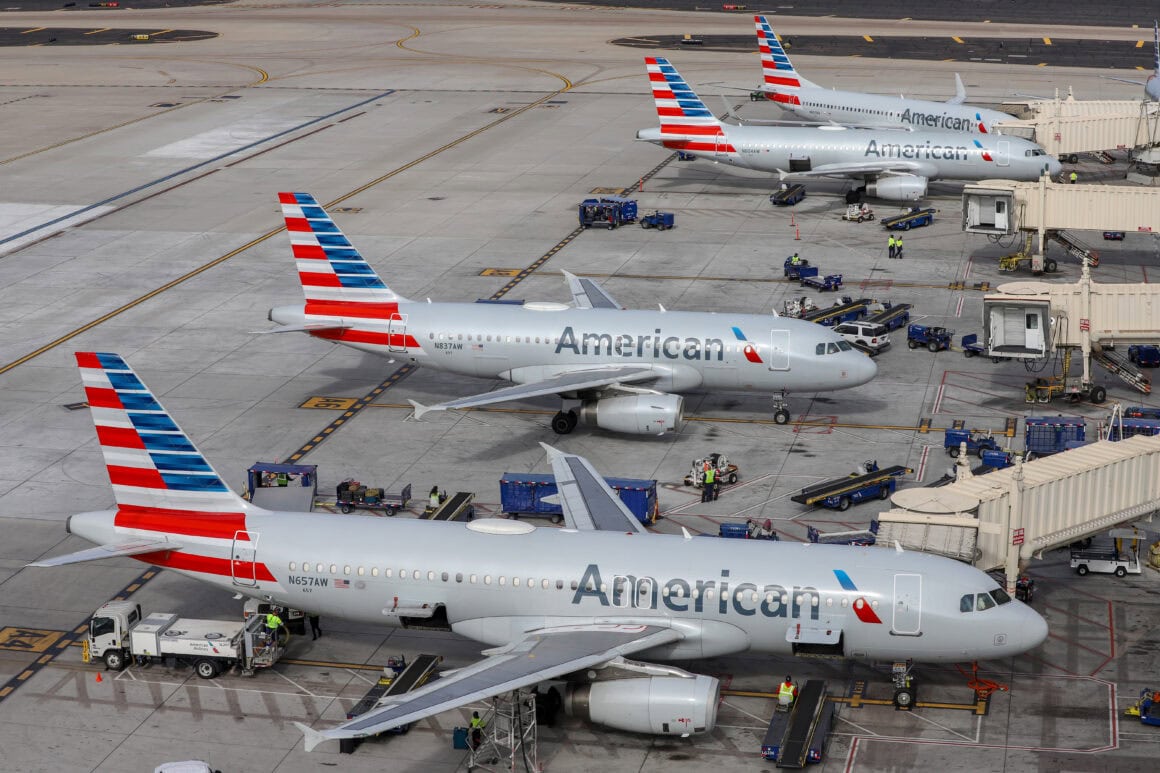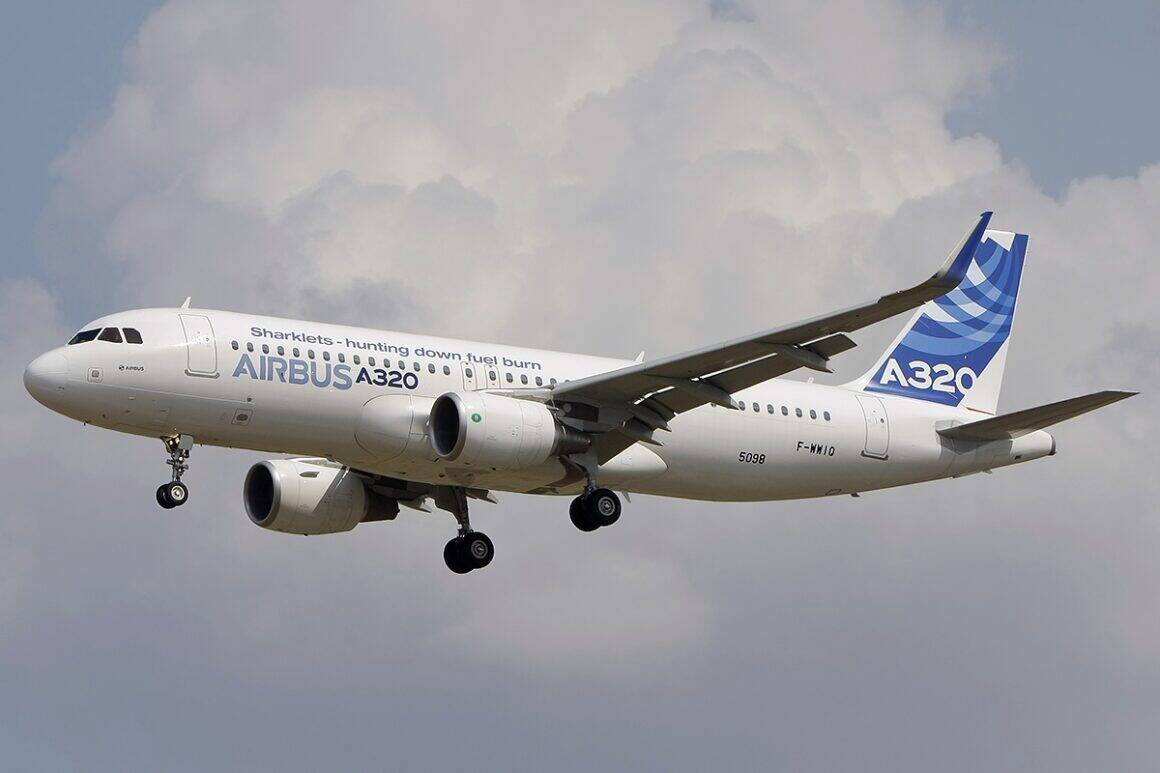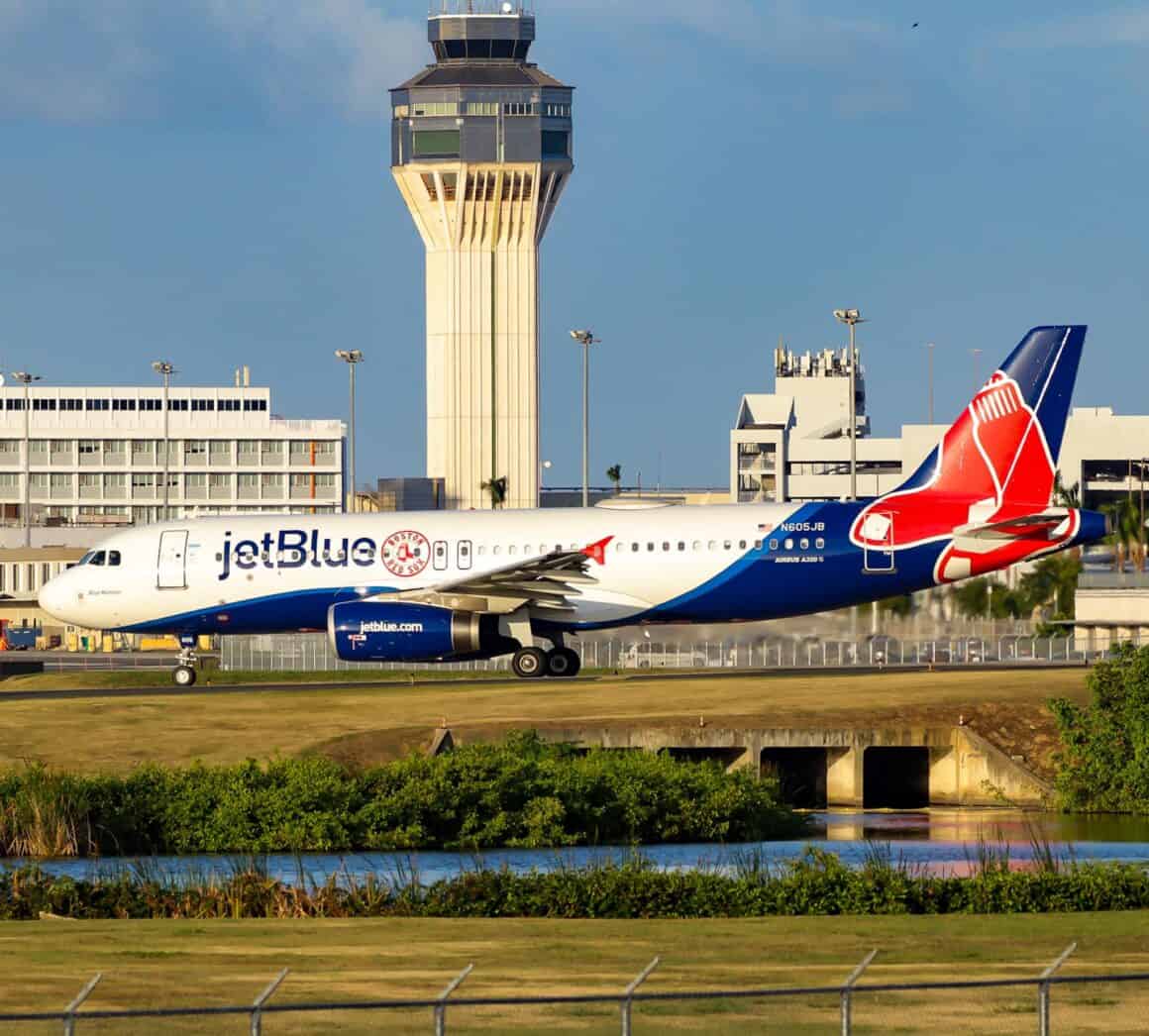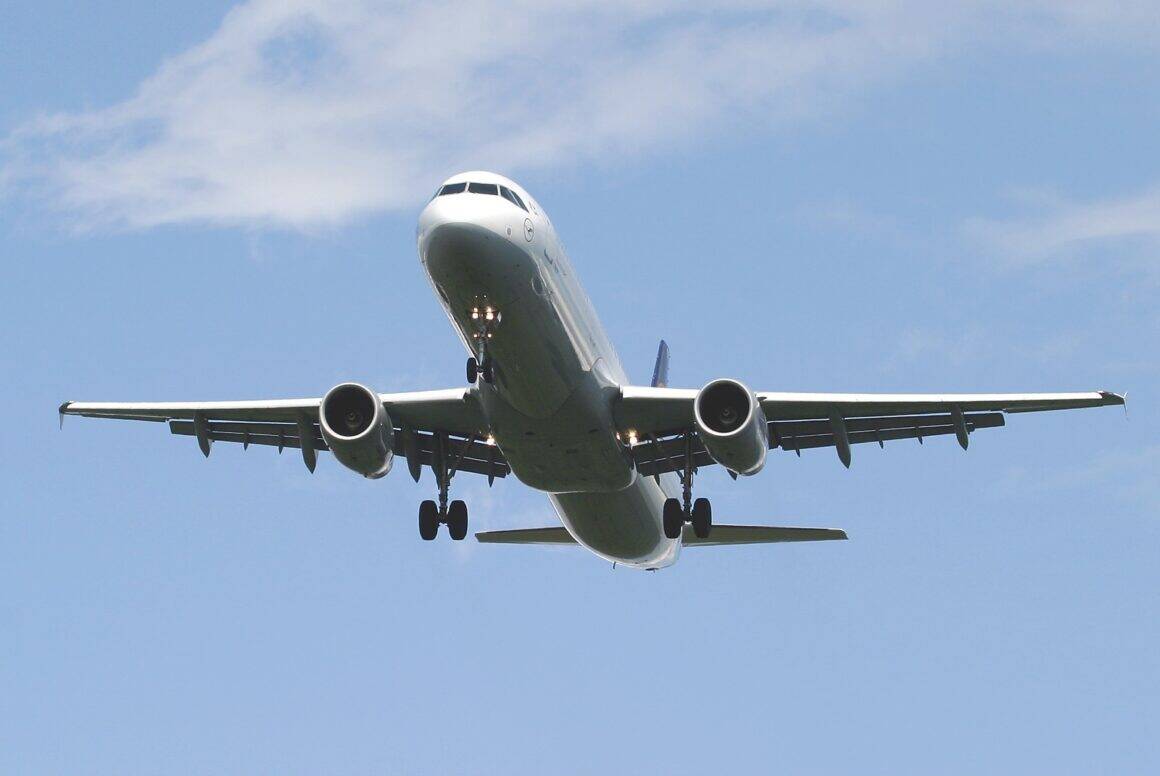EASA has issued an Airbus A320 emergency airworthiness directive after a JetBlue A320 suffered an uncommanded altitude drop and diverted to Tampa last month.
The European Union Aviation Safety Agency (EASA) has issued an emergency airworthiness directive that affects a significant portion of the global Airbus A320 fleet. The directive requires an immediate software modification before the next routine flight following a serious in-flight incident involving a JetBlue Airbus A320 on 30 October 2025.
JetBlue Flight 1230, operating from Cancún International Airport (CUN) to Newark Liberty International Airport (EWR), experienced an uncommanded drop in altitude approximately one hour after departure. The aircraft, registered N605JB , rapidly lost about 14,500 feet in five minutes, followed by another 12,200 feet in the next five minutes. The crew diverted to Tampa International Airport (TPA) and landed at approximately 1420 local time.
N605JB is JetBlue’s Blue Monster Boston Red Sox special livery.
Around 15 to 20 passengers were transported to local hospitals with non-life-threatening injuries. The flight was met by medical personnel, and the aircraft was taken out of service for a short time.
The FAA confirmed that the crew reported a flight control issue and is investigating the incident.
The Technical Root: A Fault in the ELAC Flight Control Computer

Thankfully, a cause for the JetBlue incident was determined quickly.
Following the diversion, Airbus traced the altitude loss to a malfunction in the Elevator and Aileron Computer (ELAC). This critical flight control computer translates pilot side-stick inputs into elevator movements that govern the aircraft’s pitch. Airbus determined that intense solar radiation has the potential to corrupt certain data used by the ELAC, creating the possibility of unexpected pitch commands.
The ELAC is supplied by France-based Thales. The company told Reuters that the component meets Airbus specifications and that the software function involved is not within Thales’ responsibility.
A preliminary Airbus assessment concluded that, while the JetBlue event was limited, a similar malfunction could result in unsafe elevator movement under the worst circumstances. To prevent that outcome, Airbus issued an Alert Operators Transmission instructing carriers to install serviceable ELAC units or apply available software protections. EASA’s Airbus A320 emergency airworthiness directive mirrors that instruction and requires immediate compliance.
A Potential Massive Global Impact

Airbus estimates that roughly half of all A320 family aircraft in service are affected. That equates to approximately 6,000 jets worldwide. The A320 family is the most widely operated single-aisle aircraft family in the world, with more than 11,300 built.
The directive covers dozens of variants across the A319, A320, and A321 lineup. It will affect airlines in every major region, including the United States, where operators include American Airlines, Delta Air Lines, JetBlue, Spirit Airlines, Allegiant Air, and Frontier Airlines. United Airlines is not affected, according to a report from Reuters.
This precautionary grounding is the largest mass corrective action in Airbus’ 55-year history.
Operators Scramble Ahead of Heavy Holiday Travel

There is both good and bad news regarding this directive.
First, the bad news: The timing.
The timing is especially challenging. Airlines are navigating record passenger volumes and already dealing with an unusual number of Airbus aircraft grounded due to ongoing engine repairs, parts shortages, and MRO bottlenecks.
American Airlines reported that about 340 of its 480 A320-family jets require the fix. The carrier expects to complete the majority of updates by 30 November and is working to minimize cancellations. In a statement to USA Today, American said it is focused on keeping customers moving during the post-Thanksgiving travel surge and that safety remains the top priority.
Frontier Airlines told USA Today that it is evaluating the directive and its impact. JetBlue, already managing the fallout from the Flight 1230 incident, is conducting its own internal review.
Airbus conceded that the directive will cause disruptions but emphasized the necessity. The manufacturer stated that solar radiation and recent coronal mass ejection activity, which have produced spectacular auroral displays around the world, can affect modern flight control systems. Airbus apologized for the operational impact and said it is working closely with airlines.
How Long Will Repairs Take
Now, the good news: Airbus believes that the majority of affected aircraft will require only a quick software update, which should take approximately two hours to complete. Many US airlines have reported that they have already begun the process of updating affected aircraft. Airlines are also working to minimize delays ahead of one of the busiest travel days of the year.
Hundreds of jets, however, will need a more substantial hardware change. Those aircraft will face significantly longer repair times and correspondingly longer operational outages.
FAA Expected to Follow With Its Own Directive
EASA issued the directive because Airbus is certified under European jurisdiction. The FAA is expected to issue its own directive soon. The agency has already confirmed it is investigating the JetBlue event, which triggered the global response.
Airbus Statement and Models Affected

Airbus provided the following summary of the issue:
“Analysis of a recent event involving an A320 Family aircraft has revealed that intense solar radiation may corrupt data critical to the functioning of flight controls. Airbus has consequently identified a significant number of A320 Family aircraft currently in-service which may be impacted. Airbus has worked proactively with aviation authorities to request immediate precautionary action from operators via an Alert Operators Transmission in order to implement the available software and hardware protection. Airbus acknowledges these recommendations will lead to operational disruptions to passengers and customers. We apologise for the inconvenience caused and will work closely with operators, while keeping safety as our number one and overriding priority.”
The Airbus A320 emergency airworthiness directive covers the full scope of A319, A320, and A321 variants including:
A319: A319-111, A319-112, A319-113, A319-114, A319-115, A319-131, A319-132, A319-133, A319-151N, A319-153N, A319-171N, A319-173N
A320: A320-211, A320-212, A320-214, A320-215, A320-216, A320-231, A320-232, A320-233, A320-251N, A320-252N, A320-253N, A320-271N, A320-272N, A320-273N
A321: A321-211, A321-212, A321-213, A321-231, A321-232, A321-251N, A321-251NX, A321-252N, A321-252NX, A321-253N, A321-253NX, A321-271N, A321-271NX, A321-272N, A321-272NX
Happy Holidays?
Airlines around the world are now racing to implement the fix. EASA’s directive requires compliance before the next routine flight, which places operational strain on carriers but eliminates the risk of further uncommanded pitch events.
The JetBlue incident ended safely, and the autopilot remained engaged throughout the event, according to the Airbus technical summary. Even so, the event highlighted the need for immediate corrective action to ensure pitch control integrity across the fleet.
With holiday travel at its peak and maintenance capacity stretched thin, airlines face a difficult but necessary challenge: complete the emergency updates while keeping tens of millions of passengers moving.
